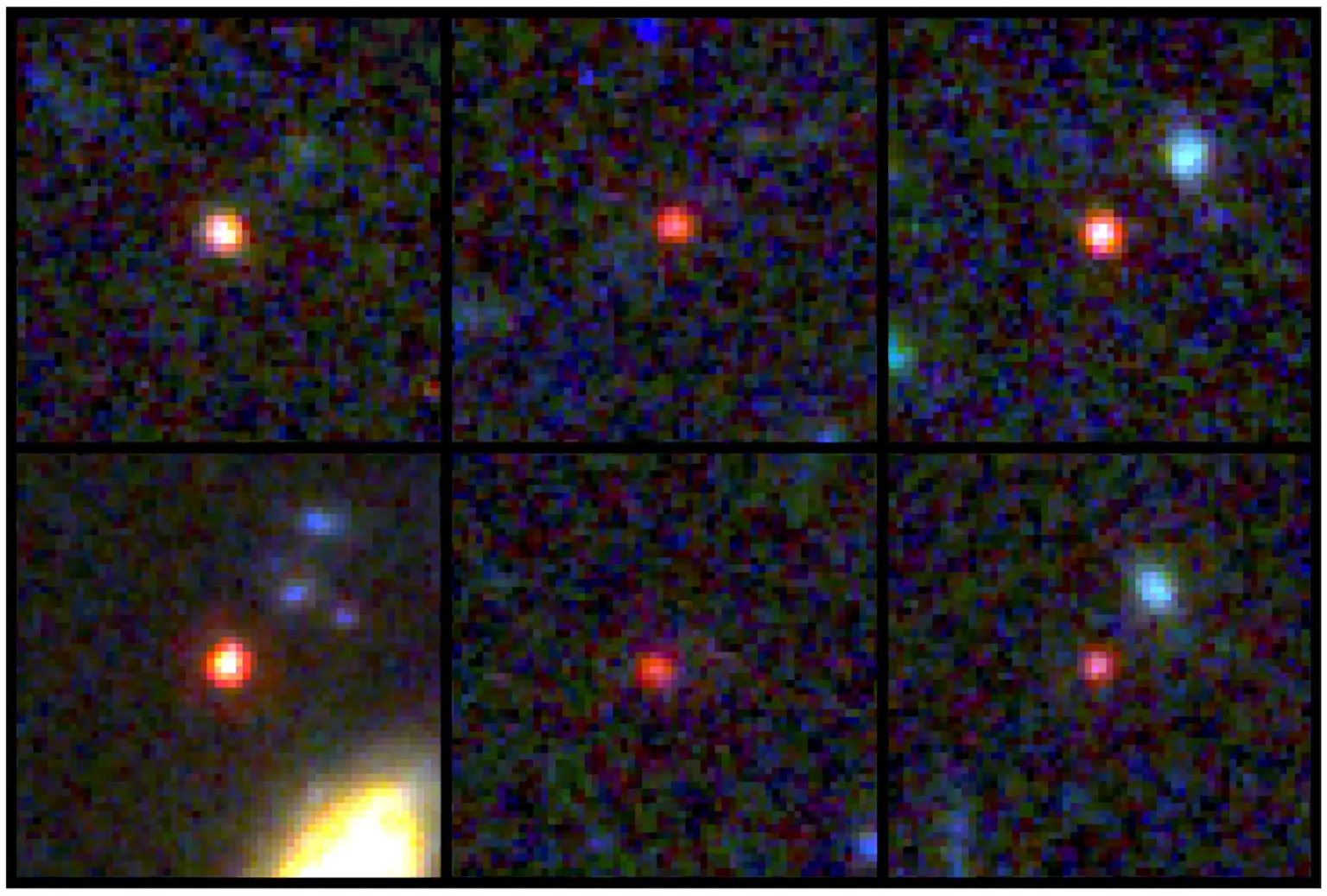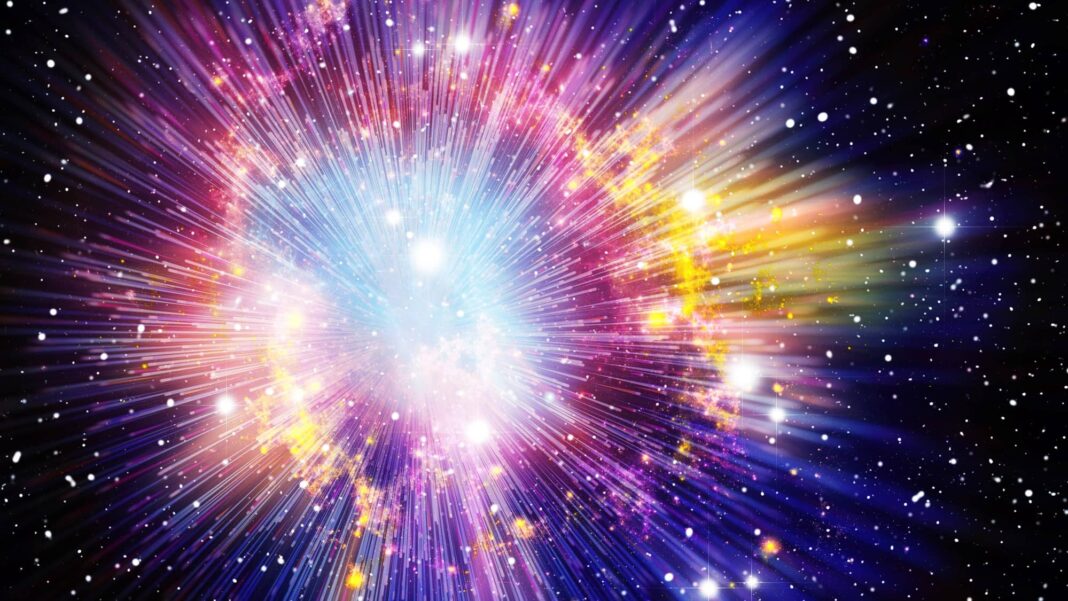Researchers have recently identified galaxies with stellar masses as high as ~ 1011 solar masses out to redshifts z ~ 6, approximately one billion years after the Big Bang. But what about even earlier times? A new survey has taken advantage of 1-5 μm coverage of the JWST early release observations to search for intrinsically red galaxies in the first ≈ 750 million years of cosmic history.
Blog Body: In the survey area, six massive galaxies (stellar mass > 1010 solar masses) at 7.4 ≤ z ≤ 9.1 were found, 500–700 Myr after the Big Bang, including one galaxy with a possible stellar mass of ~1011 s. This discovery is significant because it suggests that there was accelerated growth in massive galaxies during this era.

via REUTERS
The most massive galaxy in this sample has been named COS-J1202A and is estimated to have a stellar mass of 1011 solar masses, making it potentially one of the most massive galaxies ever discovered at these redshifts. It is also located close to a quasar, suggesting that this could be evidence of a progenitor state, or an ancient version, of a contemporary massive galaxy near a supermassive black hole accreting matter and emitting large amounts of radiation.
These findings also suggest that some mechanism must be driving rapid growth during this period, which could provide further insight into our understanding of galaxy formation and evolution. Additionally, these results could help shed light on how supermassive black holes form and evolve over time along with their host galaxies.
The discovery of massive galaxies at such early stages in cosmic history provides an exciting opportunity for astrophysicists to gain an understanding of how galaxies form and evolve over time. With further research into these candidate massive galaxies and other newly discovered objects from JWST early release observations, we can gain insights into our universe’s earliest days and its continued evolution over time.











